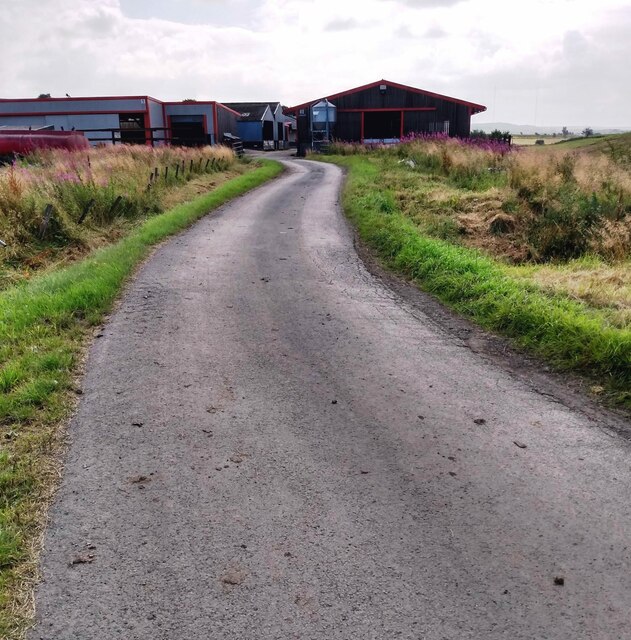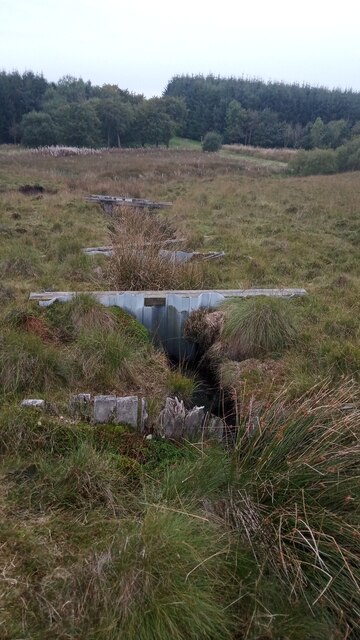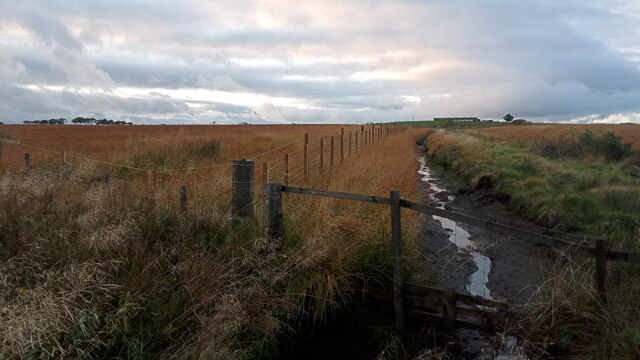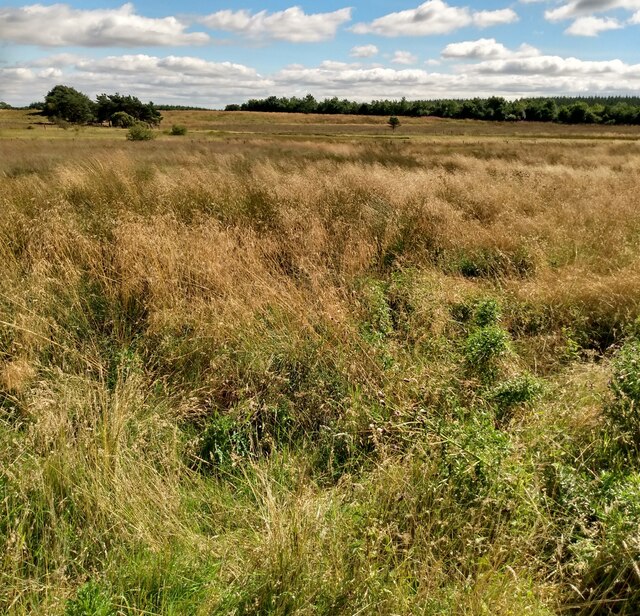Bedlormie
Heritage Site in West Lothian
Scotland
Bedlormie

Bedlormie is a small village located in West Lothian, Scotland. It is known for its rich historical significance and is considered a heritage site. The village is nestled amidst picturesque landscapes and is surrounded by rolling hills and lush green fields.
One of the prominent features of Bedlormie is its historic buildings, which showcase the architectural heritage of the area. The village is home to several well-preserved structures, including the Bedlormie Castle, which dates back to the 14th century. This castle, with its imposing stone walls and turrets, stands as a testament to the medieval era.
Another notable attraction in Bedlormie is the St. Mary's Church, a charming place of worship that dates back to the 12th century. The church boasts intricate stained glass windows and an elegant interior, providing visitors with a glimpse into the religious history of the area.
The village also offers opportunities for outdoor enthusiasts, with its proximity to stunning natural landscapes. Surrounding Bedlormie are vast areas of open countryside, perfect for hiking, cycling, and nature walks.
Bedlormie is a hub of cultural and historical significance, attracting history enthusiasts and tourists alike. The village's heritage status ensures that the buildings and sites are well-preserved, allowing visitors to immerse themselves in the rich history of the area. With its blend of historical charm and natural beauty, Bedlormie is a must-visit destination in West Lothian.
If you have any feedback on the listing, please let us know in the comments section below.
Bedlormie Images
Images are sourced within 2km of 55.887/-3.798 or Grid Reference NS8767. Thanks to Geograph Open Source API. All images are credited.




Bedlormie is located at Grid Ref: NS8767 (Lat: 55.887, Lng: -3.798)
Unitary Authority: West Lothian
Police Authority: The Lothians and Scottish Borders
What 3 Words
///tomato.storybook.rigid. Near Blackridge, West Lothian
Nearby Locations
Related Wikis
Hillend Loch Railway Path
The Hillend Loch Railway Path, also known as the Airdrie to Bathgate Railway Path, is a rail trail located in central Scotland. The path is approximately...
Blawhorn Moss
Blawhorn Moss is a raised bog located to the northwest of the village of Blackridge, about 6 kilometres (3.7 mi) west of Armadale in the council area of...
A89 road
The A89 is a trunk road in Scotland, United Kingdom. It runs from High Street, Glasgow to Newbridge in Edinburgh. It was once the A8, which has now been...
Blackridge, West Lothian
Blackridge (Scots: Blackrig, Scottish Gaelic: An Druim Dubh) is a small town in the western part of West Lothian, Scotland. The village name dates to 1581...
Related Videos
Swift S 1 initial flights
Tomahawk Aviation Swift S-1 3,33m RC plane.
Goblin 700
Good to see S Nicol back on the sticks. New setup and in his words "Rusty" so just a gentle flight! Only lost traking it 2 times.
A Nicol's K8 in action
6m wingspan K8 powered by 10s power pod. #remembertocleanthelense.
Nearby Amenities
Located within 500m of 55.887,-3.798Have you been to Bedlormie?
Leave your review of Bedlormie below (or comments, questions and feedback).



















